Have you ever wondered about the fascinating world of poisonous plants and the animals that have adapted to eat them? Nature is full of incredible relationships, and some creatures have found ways to make a meal out of even the most toxic flora. Let’s explore 12 of the most poisonous plants and the amazing animals that can consume them without harm.
1. Monarch Butterfly and Milkweed
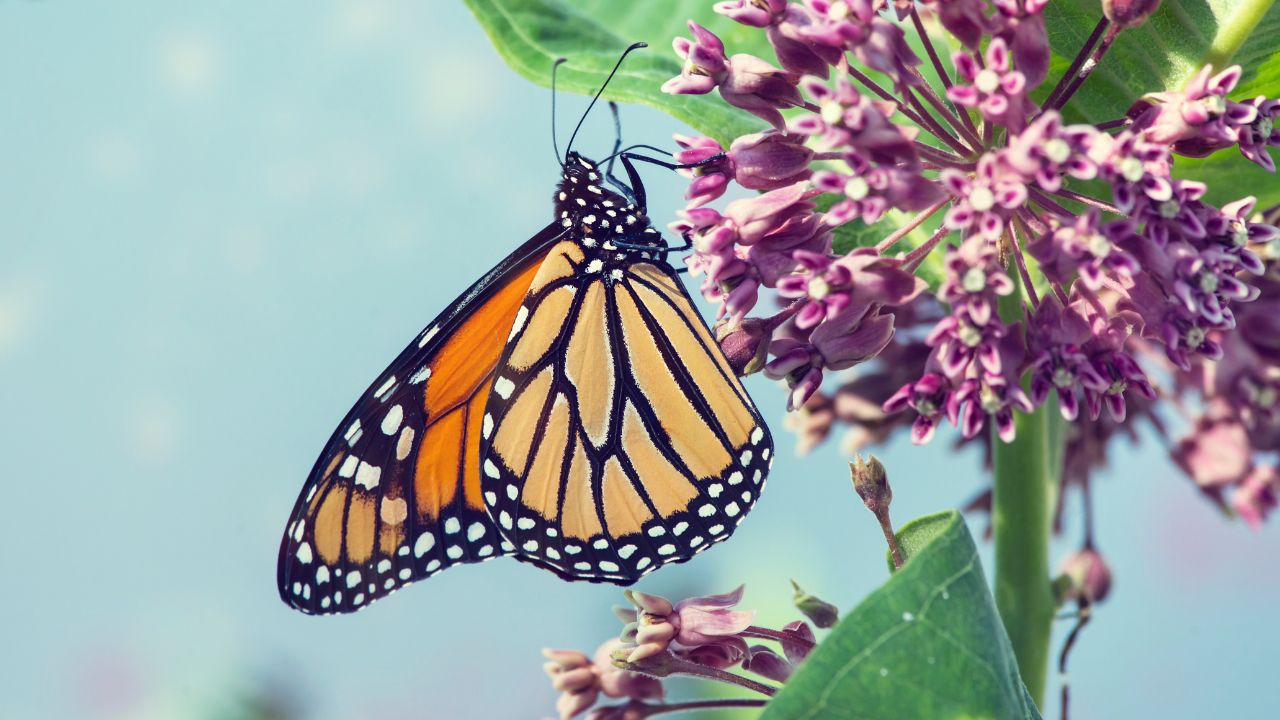
Monarch butterfly caterpillars feed exclusively on milkweed, which contains toxic compounds called cardenolides. These poisons make the adult butterflies taste bad to predators, protecting them from being eaten.
2. Gopher Snakes and Poison Hemlock
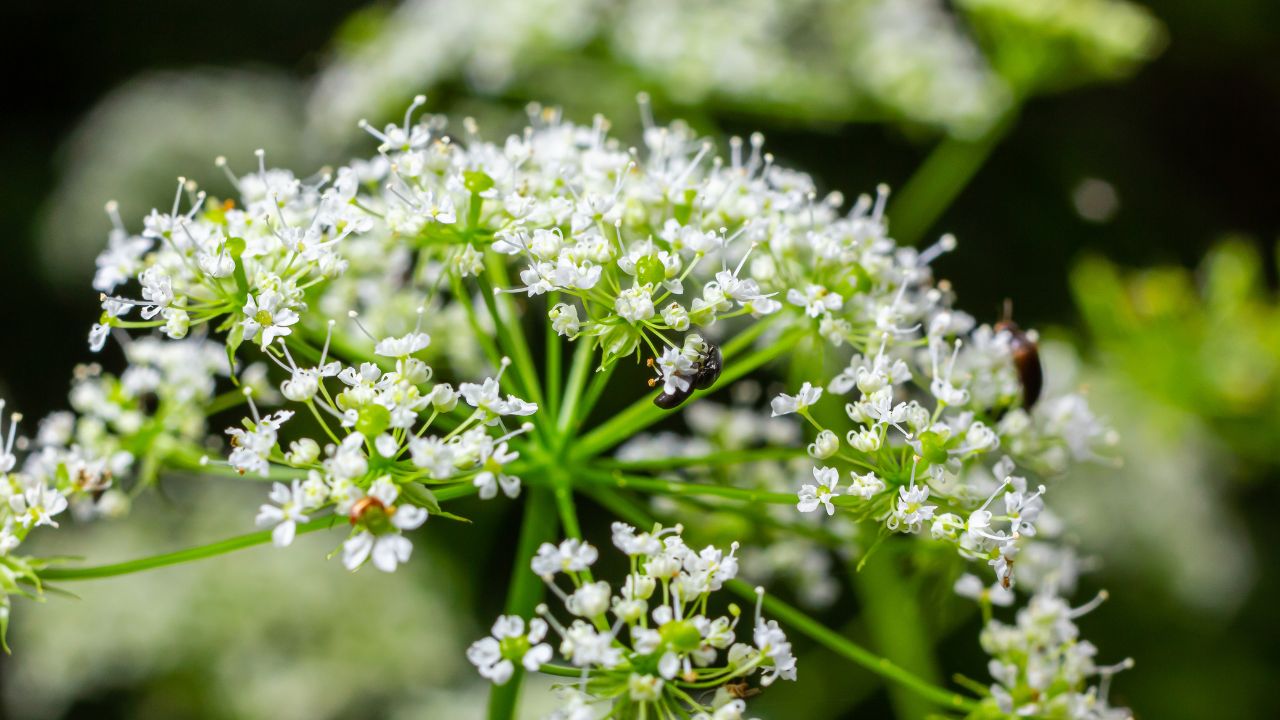
Gopher snakes have developed a resistance to the toxic alkaloids found in poison hemlock. They can eat rodents that have ingested this poisonous plant without experiencing any ill effects.
3. Deer and Water Hemlock
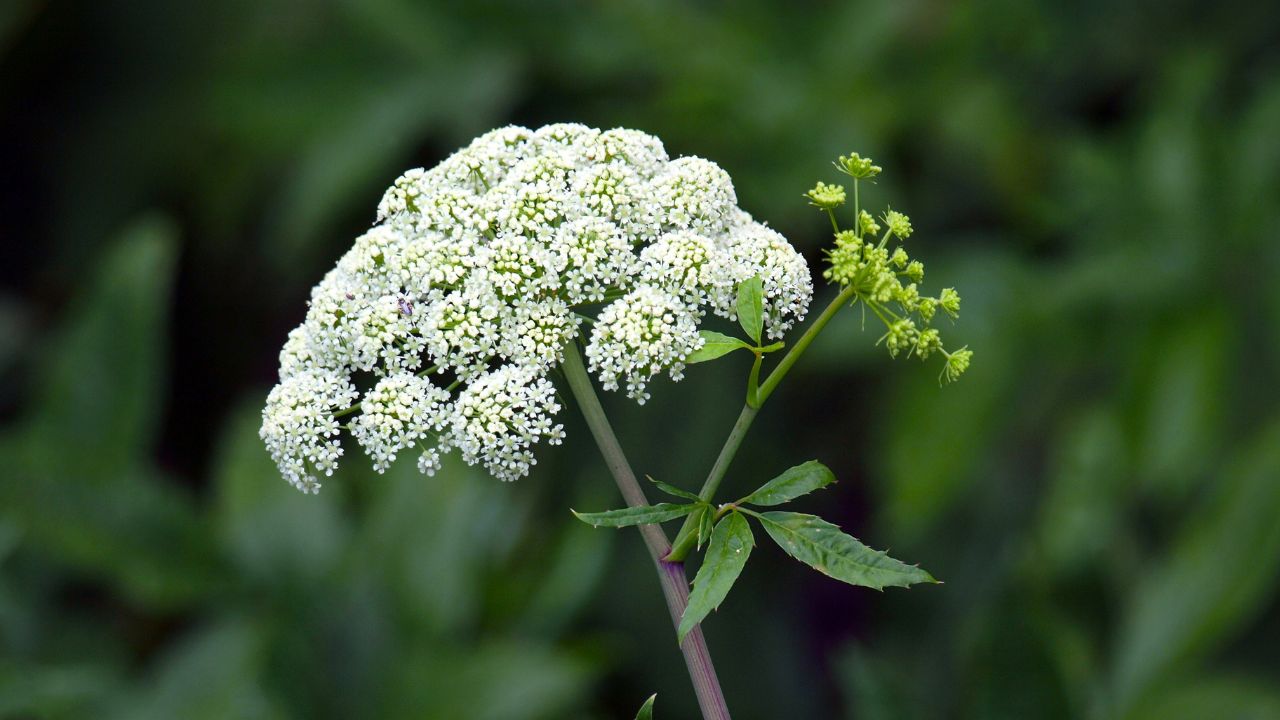
Water hemlock is one of the most toxic plants in North America, but deer have adapted to eat it without harm. They can consume small amounts of the plant, which helps them build up a tolerance to its poisonous compounds.
4. Black Swallowtail Butterfly and Queen Anne’s Lace
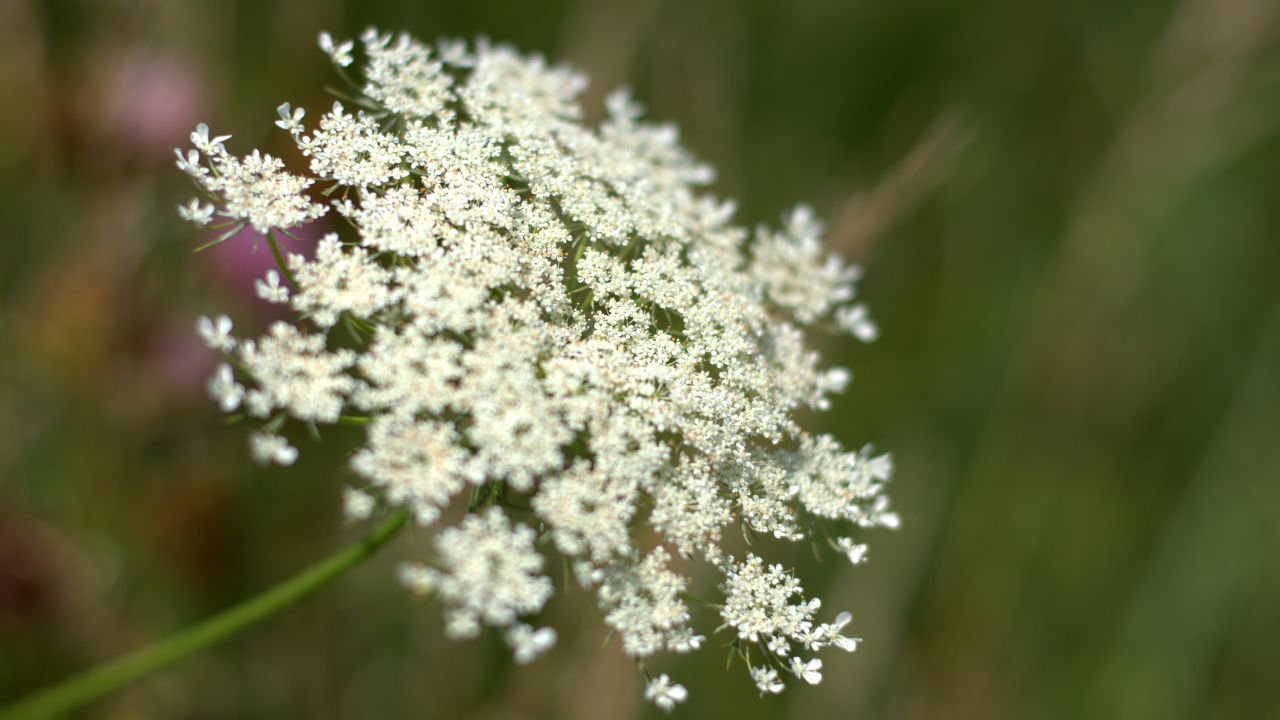
Black swallowtail caterpillars feed on plants in the carrot family, including the toxic Queen Anne’s lace. The caterpillars store the plant’s poisonous compounds in their bodies, making them taste bad to predators.
5. Snowshoe Hares and Lupine
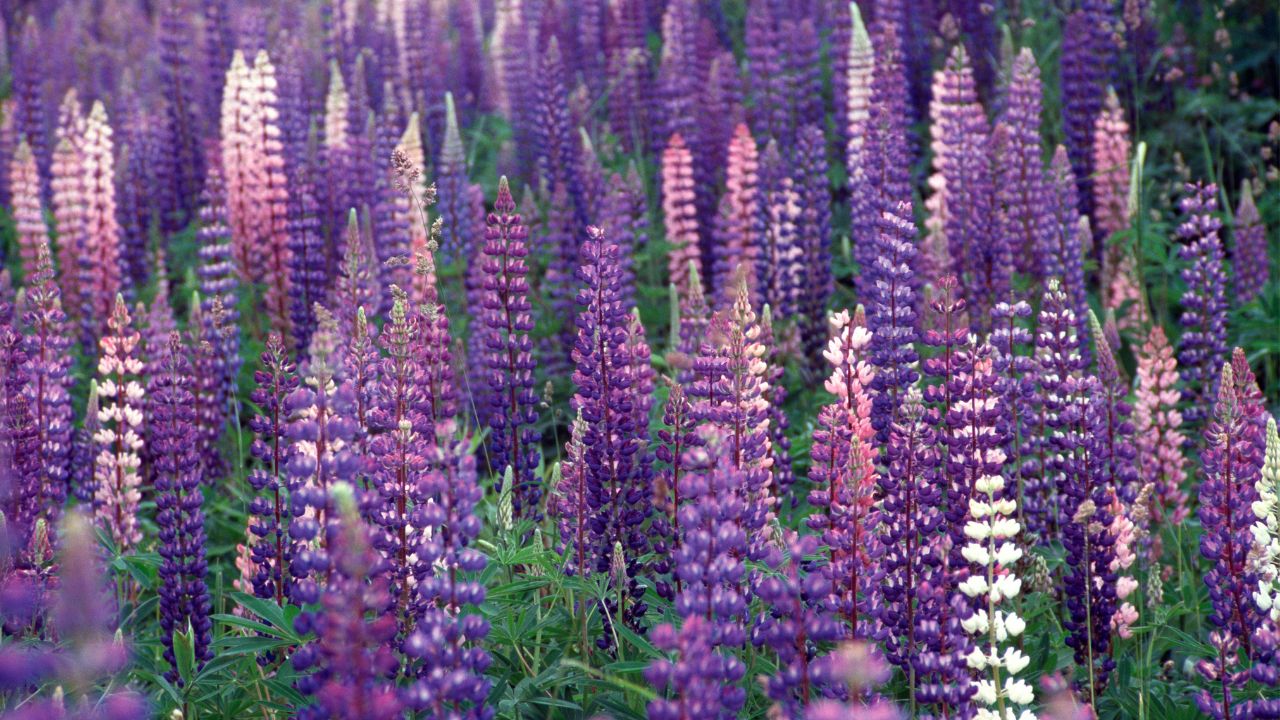
Snowshoe hares can eat lupine, a plant that contains toxic alkaloids, without any harm. They have adapted to break down the poisonous compounds in their digestive system, allowing them to safely consume the plant.
6. Cinnabar Moth and Ragwort
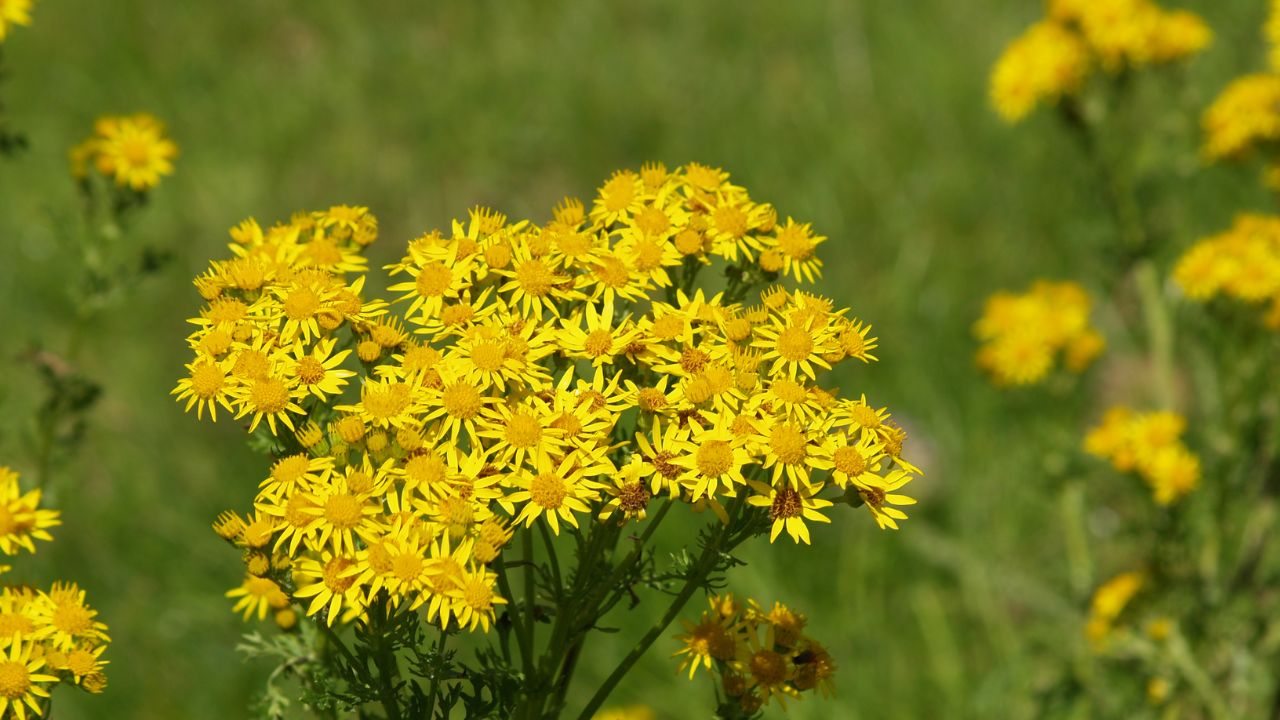
Cinnabar moth caterpillars feed on ragwort, a plant that contains toxic alkaloids. The caterpillars store these poisons in their bodies, making them unappetizing to predators.
7. Woodrats and Creosote Bush

Woodrats living in the desert have adapted to eat the toxic resin found on creosote bushes. They can break down the poisonous compounds in their livers, allowing them to consume the plant safely.
8. Hawkmoth and Jimson Weed
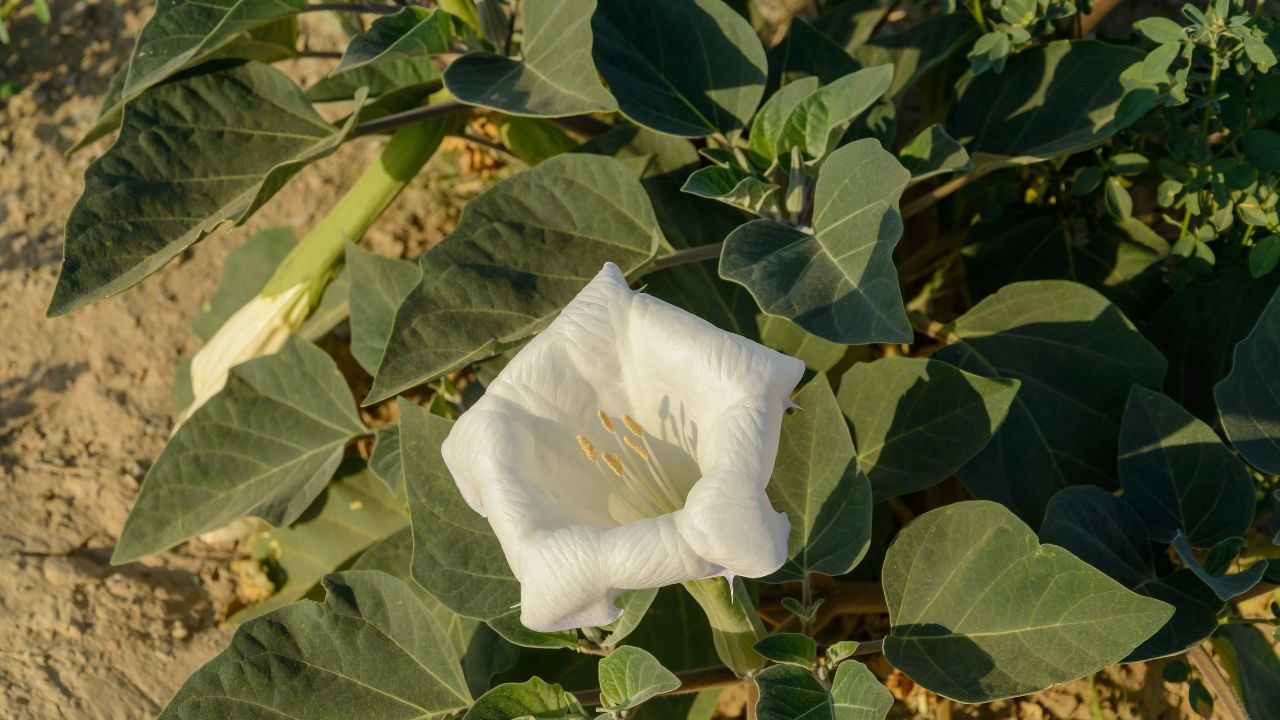
Hawkmoth caterpillars can feed on the highly toxic jimson weed without experiencing any ill effects. They have developed a resistance to the plant’s poisonous compounds, allowing them to eat it safely.
9. Pea Aphids and Alfalfa

Pea aphids feed on alfalfa plants, which contain toxic saponins. The aphids have adapted to store the poisonous compounds in their bodies, making them less appealing to predators.
10. Possums and Poison Ivy

Possums have a natural resistance to the toxic oils found in poison ivy. They can eat the leaves and berries of the plant without experiencing the itchy rash that affects many other animals and humans.
11. Honeybees and Rhododendrons

Honeybees can collect nectar from rhododendrons, which contain toxic compounds called grayanotoxins. The bees have adapted to tolerate these poisons, allowing them to pollinate the flowers without harm.
12. Tent Caterpillars and Cherry Trees
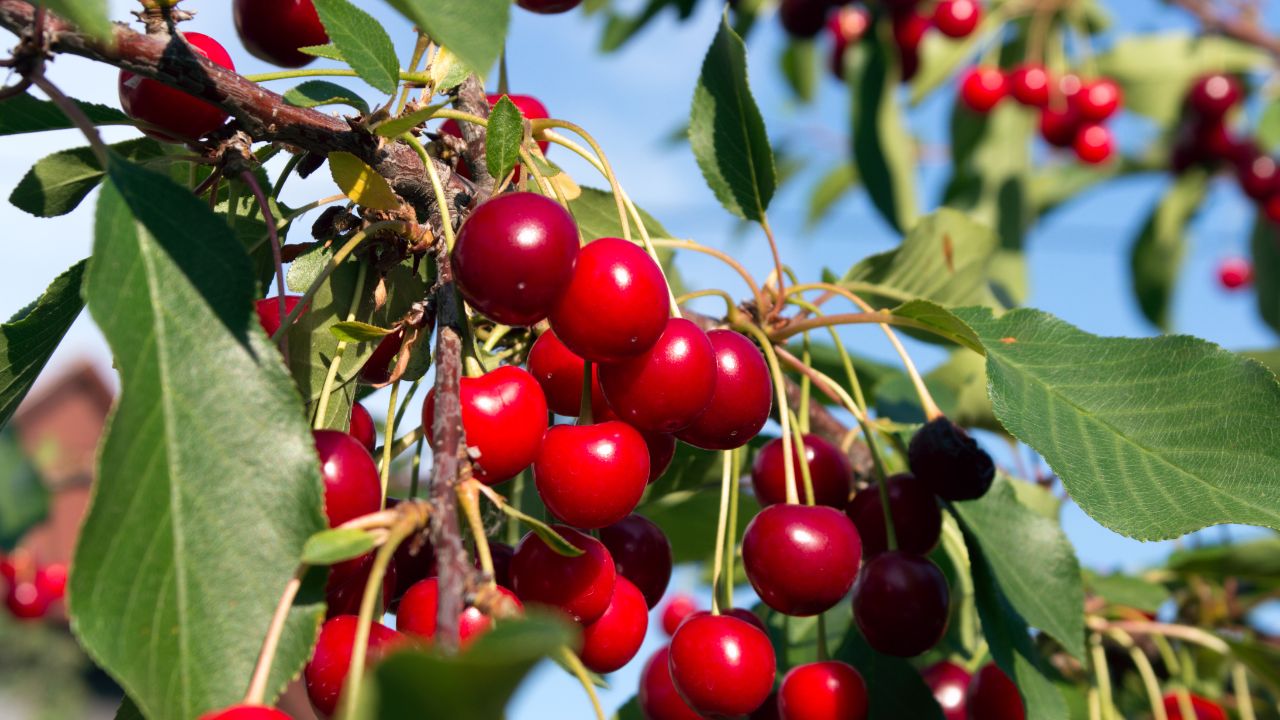
Tent caterpillars feed on the leaves of cherry trees, which contain toxic compounds called cyanogenic glycosides. The caterpillars have developed a resistance to these poisons, allowing them to eat the leaves safely.
Becky is a fervent wildlife enthusiast and pet care expert with a diploma in canine nutrition. Her love for animals stretches beyond the domestic, embracing the wild tapestry of global fauna. With over a decade of experience in animal welfare, Becky lends her expertise to OutlandishOwl through insightful articles, captivating wildlife information, and invaluable guidance on pet nutrition. Her work embodies a deep commitment to understanding the intricate lives of animals and a passion for educating others on sustaining natural habitats. Becky's hands-on conservation efforts and her knack for translating complex dietary science into practical pet feeding tips make her an indispensable voice for creatures great and small.




